How is a charitable pharmacy different from other types of pharmacies?
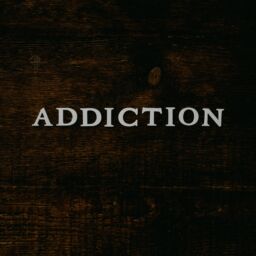
Three Healthcare Organizations Join Forces to Save Lives
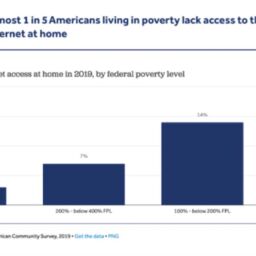
The term digital divide is defined as the differences
of economic and social inequality in both access and usage of ICTs. 2, 3 Some population groups that are
affected by the digital divide include uninsured, at or below 300% of the Federal Poverty Level (FPL), lack
of internet access, etc
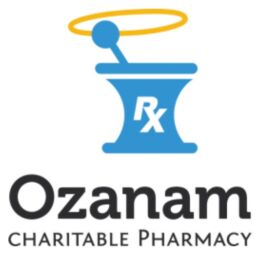
Charitable Pharmacies of America organization member receives Health Equity grant

Recent federal legislative and regulatory updates in managed care pharmacy have prioritized topics ranging from expedited access to novel therapeutics to the health disparities and equity concerns affecting patient populations nationwide, but progress on these developments will depend on the impact of the midterm elections
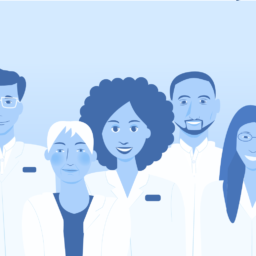
The Outcomes of Implementing and Integrating Comprehensive Medication Management in Team-Based Care: A Review of the Evidence on Quality, Access and Costs, December 2023
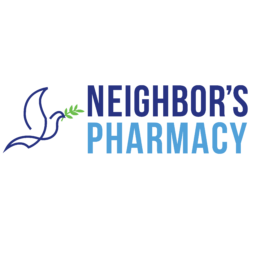
Branson MO: My Neighbor’s Charitable Pharmacy (NCP) will open its doors at 1232 Branson Hills Parkway February of 2023

This study represents a rigorous, multi-state evaluation that highlights the impact of a charitable medication access program on hospital utilization for the medically under-served population.
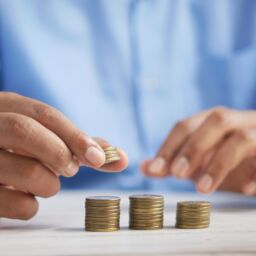
The five most recent states to expand the scope of reimbursement for pharmacists are Maryland, Missouri, North Dakota, Virginia and Wyoming
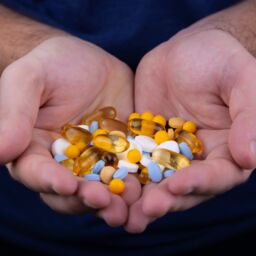
An opportunity for charitable pharmacies to collaborate with oncology practices for non-oncology medications during and after treatment.
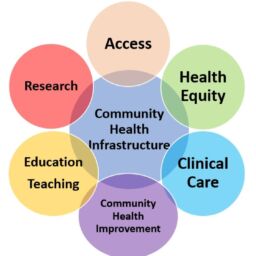
An opportunity for charitable pharmacies to collaborate with oncology practices for non-oncology medications during and after treatment.
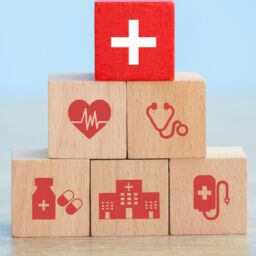
NOVA ScriptsCentral is excited to collaborate with the American Pharmacist Association to launch the “NOVA ScriptsCentral & American Pharmacist Association Safety-Net Health Equity Fellowship”.

Good Pill will provide direct access to hundreds of life-saving medications and save families $150+/month on healthcare cost

Medication non-adherence has led to at least 100,000 preventable deaths each year and $100 billion annually in preventable healthcare costs in the United States

NABP Associate Executive Director Josh Bolin on DSCSA compliance prior to FDA moving compliance deadline.

The pharmacy industry sees at least five changes

